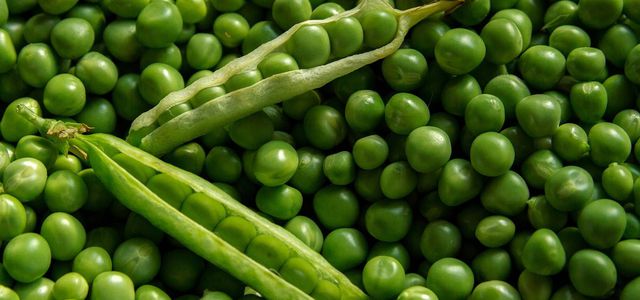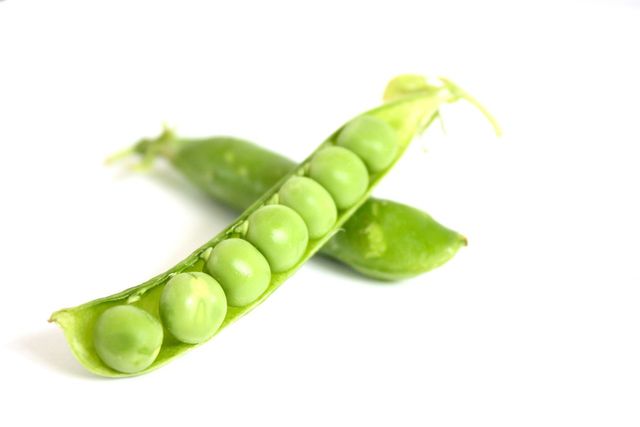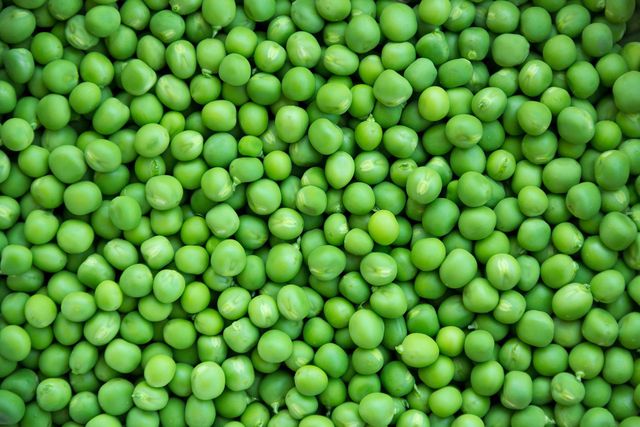
Peas contain many minerals and vitamins and are also very tasty. In this article you will learn how to plant, care for and harvest peas.
Contents
Planting peas: The right time
Peas are rich in nutrients, they contain many B vitamins, but also magnesium, zinc and calcium. They are also one of the highest protein legumes.
Peas are relatively frugal and thrive even at low soil temperatures. You can sow pea seeds from eight degrees Celsius. Usually, temperatures are stable enough to start sowing from late March/early April. You can sow new pea seeds until early summer.
Planting peas: this is how it is done

Here’s how to go about planting peas:
- Draw several narrow grooves next to each other in your bed. Keep a distance of at least five centimeters between the grooves so that the plants have enough space. The grooves should be about four to five centimeters deep.
- Place the pea seeds in the grooves one at a time.
- Make sure the soil is not too wet, or the seeds may rot. It should also not be too hot yet. If you sow the peas in early April, you’re usually on the safe side.
- Peas prefer an open, sunny spot. Try to find one that does.
Caring for peas

Peas are climbers and will try to “cling” to walls and the like. Any possible support they will use. You can therefore stick sticks or branches in the ground to help them climb. However, this is not absolutely necessary. To protect them from birds, you can cover the peas with a net.
Be sure to water the peas regularly, but not too much. Especially in the first few weeks, the plants will otherwise develop too much foliage. Only when flowers and later pods are formed, the peas need more water.
You do not necessarily need to fertilize peas.
The different pea varieties such as sugar peas (particularly sweet), Oregon Sugar Pod (particularly large pods) or Zuccola (sweet and up to 1.50 m tall) differ mainly in taste. In cultivation, the differences are minor.
Pests can mess up your pea crop. The most dangerous pest is powdery mildew, a fungus that can attack the plant. But small insects like the pea weevil also target peas. What helps against this: plant peas in open and sunny locations and avoid nitrogenous fertilizers.
Harvesting peas
Here’s how to harvest your home-grown peas:
- About three months after sowing, you can harvest your peas.
- As soon as seeds can be felt in the pods, you can basically start harvesting.
- Note that the seeds in the pods change their flavor once they are harvested, as the sugar is converted into starch. Therefore, you should pick the peas from the pods immediately after harvesting.
If you don’t want to eat the peas right away, you can also store them. Wrap them in a damp cloth and put it in the refrigerator. You can store the peas there for one to two days without any problems.









